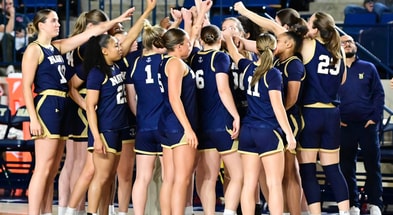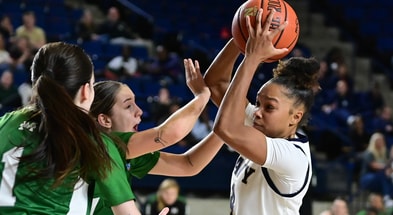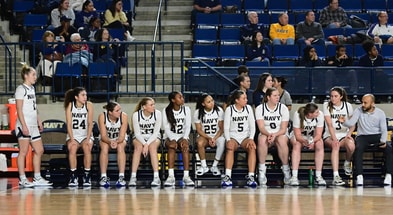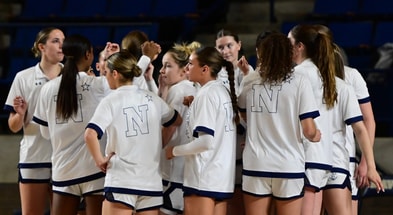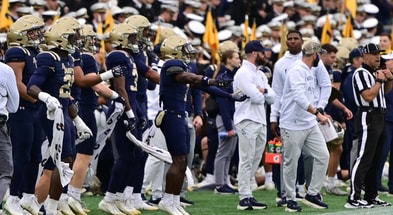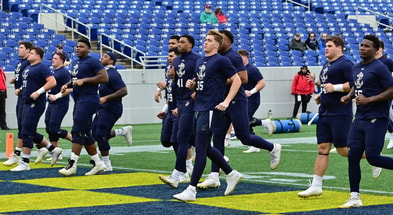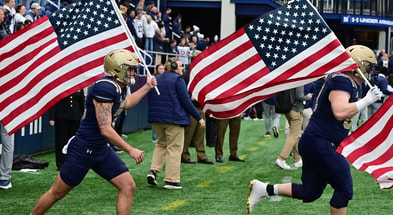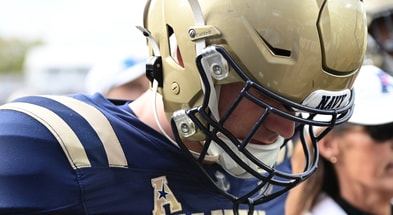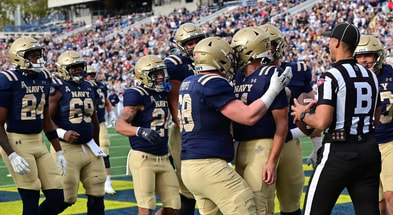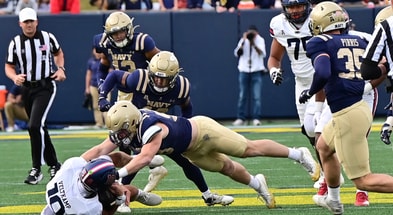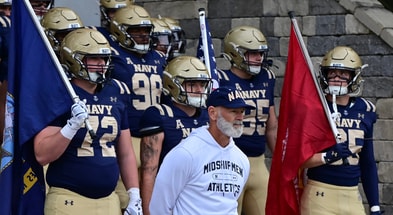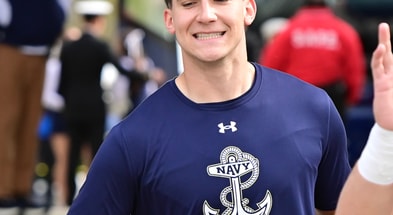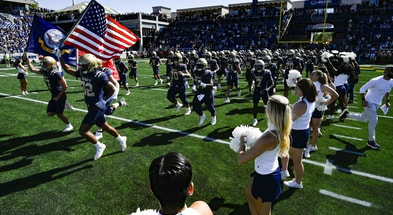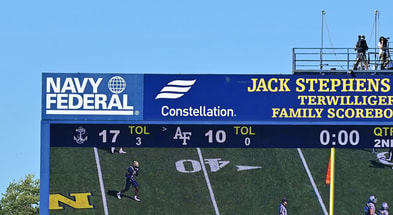Top 5 Underrated Option Era Players - Lamar Owens
When Navy brought back the triple option in 2002, it launched a new era, complete with its own set of stars. Names like Eckel, Dobbs, and Perry became shorthand for the program’s identity. Say the names Reggie, Gee Gee, Shun, or Keenan at a tailgate, and everyone will know who you’re talking about.
But for every household name, there are others whose impact, for one reason or another, hasn’t endured in fan memories the way they should. When you gather in the stadium parking lot this fall, be sure to sprinkle some of these names into your conversations. They earned it.
#5: Lamar Owens
Lamar Owens holds an interesting place in the history of Navy quarterbacks. His predecessors, Aaron Polanco and Craig Candeto, were both already at the Naval Academy when Paul Johnson arrived. Owens, however, was recruited by Johnson at Georgia Southern and committed to Navy when Johnson moved to Annapolis. That makes him the first Navy quarterback fitting the Johnson archetype, and in some ways, a blueprint for Navy quarterbacks of the future. He was more quick than fast, with deceptive strength for his 5-9 frame and a live arm.
Owens was named the starting quarterback as a senior in 2005, a pivotal season in the option era. After the surprise success of 2003 and a 10-win campaign in 2004, Navy returned just six total starters. Most pundits expected a rebuilding year.
At times, it looked like those expectations would be accurate. The offense took a while to figure out what it wanted to be. At first, Owens was the focal point. He had three 100-yard rushing games in his first five, including against Duke and Maryland. He averaged more than 12 passes per game in Navy’s first seven contests, and threw for 193 against Stanford, 171 against Air Force, and 169 against Kent State. Consistency, however, was an issue. Owens threw eight interceptions in those games. The Mids failed to reach the 300-yard rushing mark four times. Johnson also kept Owens on a short leash, bringing in Brian Hampton for a series or two whenever the offense stalled.
But by the end of the season, the offense found its rhythm. Owens didn’t throw any interceptions over his last five games. He spread the ball around more on the ground as well, with the Mids averaging 396 rushing yards in those contests. Owens was named the MVP of the Army-Navy game after running for 99 yards and three touchdowns. He followed that up with a 144-yard, two-TD passing performance in the Poinsettia Bowl against Colorado State. In the end, Navy’s supposed rebuilding year ended at 8-4, with another CIC Trophy and a bowl victory. The Mids led the nation in rushing, averaging nearly 44 yards per game more than the next-closest team (Texas). They were in the top 15 in scoring and 20th in total offense.
The 2005 offense also made a mark on Navy’s record books. Owens set a school record at the time, with 10.6 passing yards per attempt that season. His 20.6 yards per completion for the season is still the record. His career mark of 6.0 yards of total offense per play was also a school record (now sixth, including Blake Horvath). The Mids’ 490 rushing yards against Army that year is still the most in the rivalry’s history.
And to top it all off, Owens is the last Navy quarterback who didn’t look like a baby deer trying to run the sprintout draw.
With the statistical dominance that came with later quarterbacks, Owens sometimes gets overlooked. But he led an offense that proved Navy could reload instead of rebuild.

